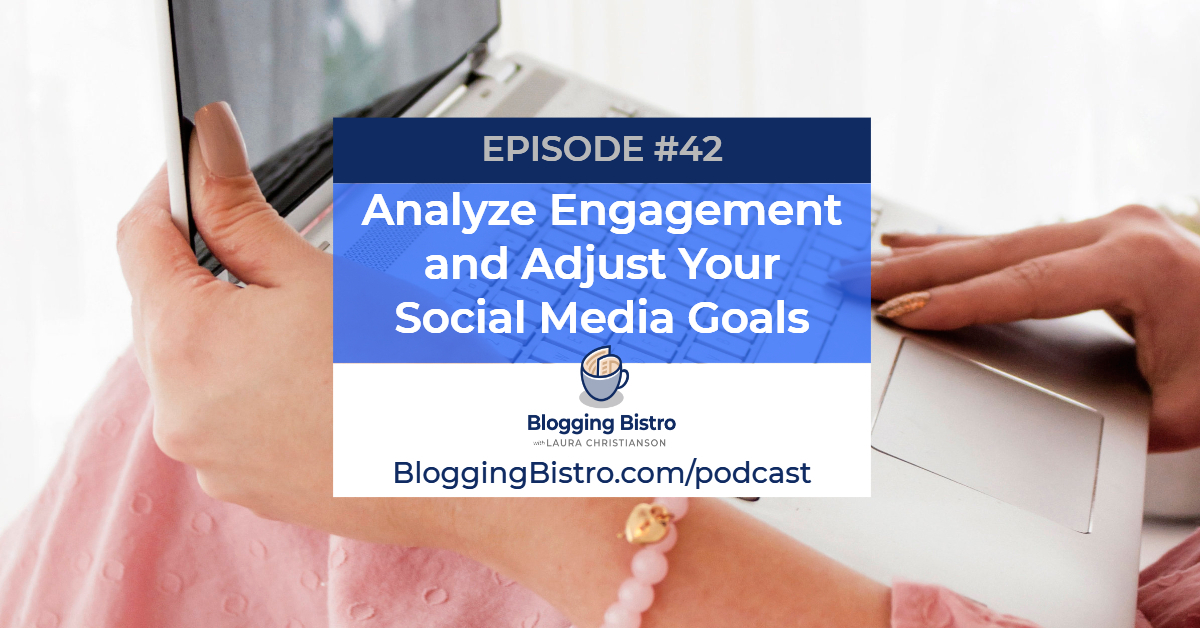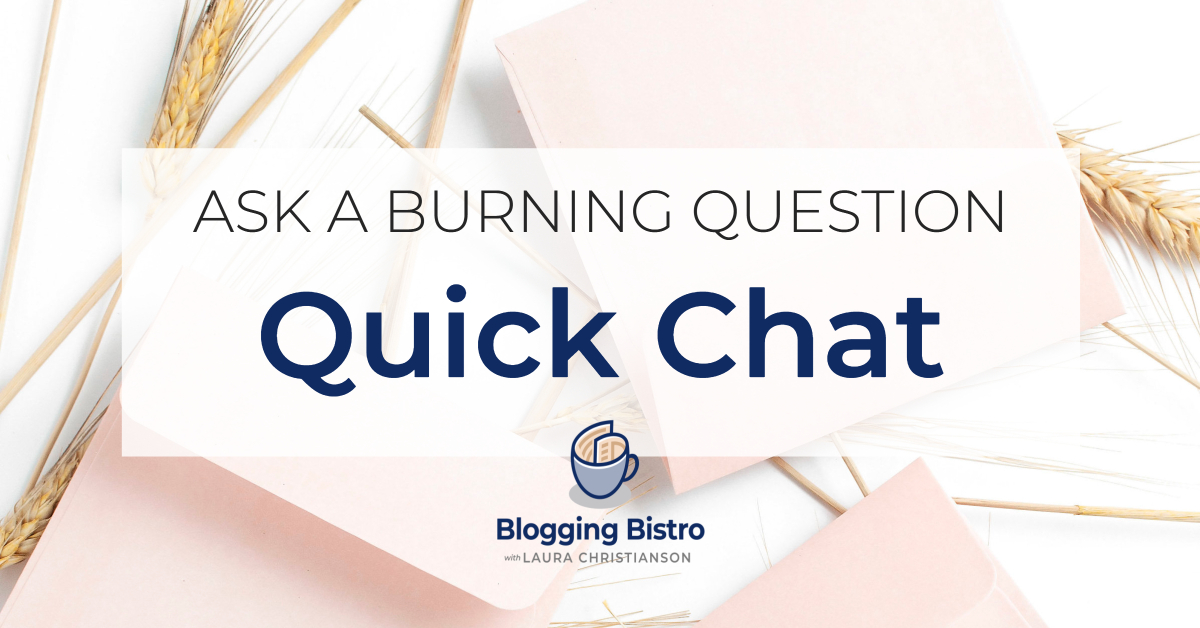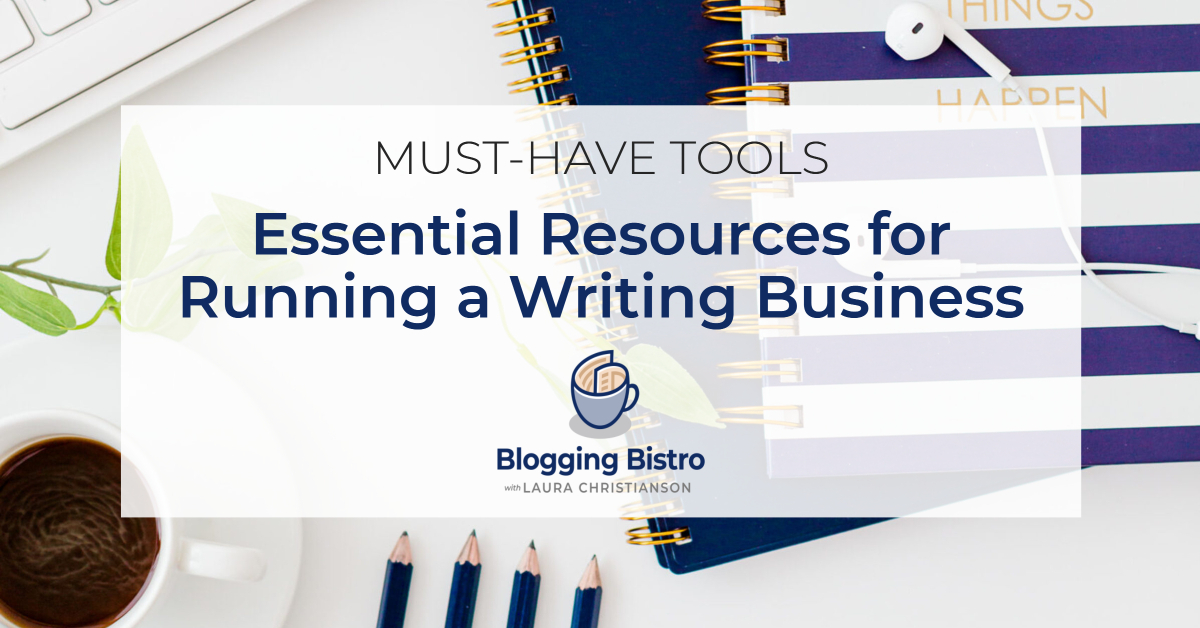42 – Analyze Engagement and Adjust Your Social Media Goals

I’ve been podcasting since Valentine’s Day 2020 – every week for almost 10 months. I haven’t promoted my podcast by purchasing ads – all my promotion has been organic, through the emails I send to my subscribers and through the updates I post to social media. People are also finding The Professional Writer podcast through Google searches and through word-of-mouth.
After 10 months of podcasting, I have just recently begun to see a significant uptick in my listenership, and new clients have begun contracting with me who decided to hire me after listening to my podcast and feeling as if they’re getting to know me, like me, and trust me.
5 ways to nurture the Know-Like-Trust factor
The know-like-trust factor: Before someone will hire you, they need to feel as if they know you, like you, and trust you.
The know-like-trust factor kicks in when your audience:
- Reads your blog or listens to your podcast for a few months and feels confident that you consistently deliver the exact type of content they’re looking for.
- Subscribes to your email list and looks forward to receiving the fresh, interesting, inspiring content you send them.
- Lurks in your private Facebook group or participates in your 5-day challenge and makes significant headway in achieving their goals.
- Watches your mini video series, attends your webinar, or joins your group coaching program.
- Follows you on social media, and begins commenting on and sharing your content. Over time, your audience begins to feel as if they know you personally – maybe even as if you’re good friends, even though you’ve never met in person.
When I said in last week’s episode that social media marketing is a marathon, not a sprint, I wasn’t kidding! Growing your audience, your reach, and referrals to your website/blog can feel like an absolute SLOG at times (ok, most of the time).
But if you know your audience and generously seek to meet their needs, you will see results.
During this 4-part series on the secret to doing social media, we’re shifting our mindset from the excuse-making, “I don’t have time to do social media; I’m too busy,” to developing a habit of consistently creating content and posting to at least one social media channel.
Similar to developing a routine of exercising our body daily, we’re exercising our social muscles daily.
How do we go about shifting that mindset?
In part 1 of this series, Episode #39, we talked about how each of us is allotted 168 hours per week. To develop our social media muscles, we need to identify exactly how we’re using that 168 hours so we can eliminate time-wasting activities. That will allow room in our day to schedule social media time.
And I do mean schedule it! In Episode 39, I introduced you to three methods of prioritizing your social media time and adding it to your daily calendar.
We discussed the 21/90 Rule, in which you commit to a personal or professional goal for 21 straight days. It takes about three weeks to form a new habit. Then, to solidify that habit, for the next 90 days, keep at it, gradually adding a minute or two to your social media routine.
In Part 2, Episode #40, Create Winning Social Media Content, I urged you to begin thinking about everything you post on social media – to your personal profiles and your business accounts – as part of your writing portfolio. People are watching how you present yourself professionally and personally on social media much more closely than you might imagine.
We discussed the importance of intimately knowing the needs of the community you serve, and finding ways to generously serve them.
We identified our core income streams or areas of influence, and we began developing content to put into six different content “buckets.” Changing up the type of content we publish keeps our social media content fresh and lively.
In Part 3, Episode #41, Efficiently Publish Social Media Content, we explored the difference between the sprint mentality and the marathon mentality of doing social media. You learned why one common “sprint mentality” practice – auto-publishing links to your latest blog posts – is a bad idea. I showed you the workarounds I use for adapting one piece of hand-crafted content and publishing it on Facebook, Twitter, Instagram, LinkedIn, and Pinterest.
We talked about the importance of sharing promotional content multiple times, and how social media schedulers are huge time-savers. I also introduced you to 14 popular social media scheduling tools.
Social media: One component of your marketing plan
During the last three weeks, we’ve created a master plan for managing our social media and we’ve begun forming a habit of consistently posting content that contributes to the growth of our business.
I realize there is a lot to take in and you may be feeling overwhelmed. My suggestion is to view social media as one component of the marketing plan for your business. That component can be as small or as large as you want it to be.
I suggest that you go back and review Part 1 (Episode 39) in this series and work ONLY on the massive action steps I recommended in that episode.
When you feel as if you have a handle on them, move on to Episode 40 and begin implementing those action steps.
Do the action steps in Episode 41 only after you begin getting some mastery over the actions you took in Episodes 39 and 40. Each of these episodes builds on the previous one, so it’s important that you do the steps in order.
Choose ONE social network for starters
Another important thing to remember is that you don’t have to be active on all the major social networks.
Choose one network – the one you feel most drawn to and are most likely to use consistently, where your ideal audience also hangs out.
For the next 90 days, focus on that network. Learn the ropes. Find some online tutorials that show you how to use the different features, and seek to achieve a higher level of mastery than you currently have. Use it consistently, pulling content from your six content buckets and posting several times per week. After three months, if you have the energy and motivation to add a second network, go ahead.
Interact with your followers and with industry leaders
An important part of using a social network consistently is interacting with your followers. While creating and posting content is critical, letting your followers know you’re there and you’re interested in them is just as critical.
Word-of-mouth is the best marketing tool, period.
Check the social accounts you’re actively committed to, either throughout the day or at a set time each day, so you can make sure you’re engaging with your peeps in a timely manner.
In addition to interacting with your ideal target audience, actively create and maintain relationships with clients, partners, and leaders in your niche. If you have a collaborative partnership with a publishing house, follow them, join their group, watch what they do, leave thoughtful comments on their accounts, and share some of their posts with your followers.
This often leads to them noticing you and sharing your content, which gets your name in front of a larger audience.
In some cases, it leads to them contacting you personally and inviting you into a relationship. I’ve had many fruitful collaborations with people I’ve “met” on social media – including offers to be a guest blogger or podcast guest, offers to speak at an event, offers to do paid writing gigs, offers to promote my services inside their private groups, offers to team up to provide training and workshops, and inquiries that led to a social media follower becoming a client.
Show your followers, readers, and clients some love.
No matter how famous or infamous your follower, they are a person. And all of us crave recognition and pats on the back. Follow their social accounts and make an effort to engage with and share relevant updates they post.
Respond to people who engage with your posts.
Continue developing the know-like-trust factor by responding to incoming social media messages, comments, likes, and shares.
Don’t feel obligated to respond to all of them. Depending on how much activity your channel receives, that’s probably not feasible.
If your posts get dozens or hundreds of comments, choose a cross-section of responses to comment on. Choose another cross-section to like (leave a reaction on).
When responding to content you post that gets lots of comments, the key is to assure your audience that you’re there and you’re listening to them.
What to do when people don’t engage with your posts
If your social channel receives very few or zero comments, try not to get discouraged. Just because people don’t comment does not mean they aren’t paying attention.
Here’s how most of us use social media:
We scroll through our feed, stopping now and then to “like” a picture or a post and occasionally, to read the entire post as well as the comments.
I post a comment to perhaps one out of every 20 or even one out of every 50 posts I read. My behavior is fairly typical – most of us don’t comment on every post we read; we comment on our favorite posts, on posts that strike a strong emotional chord, or on the accounts of people we love or admire or want to get to know better.
In like manner, as content creators, we can’t expect our followers to like or share or comment on every one of our posts. That’s not realistic.
The discouraging Facebook algorithm
Here’s where your social channel’s Insights come in handy. Let’s say you post content on your Facebook page that features a graphic or picture and links to one of your blog posts. Your post gets between zero and three likes, shares, or comments.
You wonder whether anyone’s seeing it. If it’s on your Facebook Page and you’re not paying to have the post distributed, chances are that between 0-3% of your followers are seeing it.
If your page has 5,000 followers and your post reaches 3% of your followers, that means 150 people see it.
Of those 150, maybe 1% of them will take the time to like, comment, or share it. That’s only 1 person! (Or 1.5 people, to be exact.)
You can run the numbers, based on how many followers your Facebook page has. If your page has 100 followers and your organic, non-paid posts reach 3% of your followers, that means three people are likely to see your post in their news feed.
I know those numbers are extremely discouraging, but that’s the way Facebook currently works… and Instagram is quickly heading in the same direction.
Massive Action Step #1: Monitor your social accounts weekly
Arm yourself with as much statistical information about your social accounts as you can, because the numbers usually don’t lie.
Check your social media analytics once a week or so to see what’s working and what you can trim from your strategy.
All the major social networks offer their own analytics tracking:
- Facebook Insights for Pages (click the Insights tab on your Facebook Page)
- Instagram Insights for Business accounts
- Twitter Analytics
- Pinterest Business Analytics for Business accounts
- LinkedIn Analytics
Depending on the network, you’ll receive the following information:
- Summary of your account’s activity over the past week or month
- Content you posted
- Page views
- Post reach (estimated number of people who saw any of your posts at least once)
- Content interactions (also called Engagement/Actions/Activity) on your posts – reactions, likes, shares, comments, re-tweets, clicks
- How many people viewed your profile or clicked a link in your profile
- Total followers, plus followers gained or lost
During your weekly Analytics review, ask:
- What kind of content is getting shared? (Refer to Episode #40 for information on content buckets)
- What kind of content is dead in the water?
- How quickly am I responding to people?
- Are my followers discussing anything new or exciting I can tap into?
Massive Action Step #2: Take a monthly deep dive into your Analytics
Ask:
- How often did I post to this network?
- By what percentage did my follower count change?
- How much referral traffic did I get to my website and blog from this social network?
- Which posts – or categories of posts – performed best/worst?
- What got shared the most?
- What content works best?
- Should I rethink my participation in this social network?
Check Google Analytics to discover referral traffic
During your monthly deep dive, check your Google Analytics to see how much referral traffic you received to your website from each social network you use.
I covered this in Episode #35: 3 Easy Tricks to Help People Discover Your Website and Blog.
A quick recap of how to do this:
Log in to your Google Analytics account and click the Acquisition tab. Under All Traffic, click Channels. One of those channels is called “Social.”
The “Social” channel will show how many people visited your website from social networks such as Facebook, Pinterest, Twitter, or LinkedIn.
If you’re trying to decide which social channels to put more effort into and which to let go of, this information will help.
Massive Action Step #3: Adjust your goals
If you fell short of your monthly social media goals, figure out why and adjust your goals for the next 90 days accordingly.
If you surpassed your goals, it may be time to add another social network or a new team member to assist you.
Establishing realistic social media habits is foundational to presenting yourself as a professional writer.
You can apply these habits not only to social media, but also to all the ways you market your writing-related business.
Schedule a Quick Chat with Laura
If you’d like additional input from me on how to build the know-like-trust factor or how to create an online marketing plan for your business, schedule a quick chat with me. (link in show notes for Episode #42) We’ll spend 15 minutes getting to know each other and I’ll give you suggestions on next steps.
What do you have to lose? Our quick chat is no-obligation and completely free. It might be the most valuable 15 minutes of your day!
Upcoming Episodes
This final episode in our series on social media marketing is going live November 30, 2020, just in time for the holidays. On January 4, 2021, The Professional Writer podcast will return. I’ll be featuring interviews with professional writers on:
- Easy Stretches and Exercises for Sedentary Writers
- Non-writing Activities That Will Make You a Better Writer
- Shaping a ‘Reader First’ Mindset
- Working With Your Editor
- How to Plan an eBook Launch
- How to Communicate With Your Editor
- Hooked on Audiobooks (from the perspective of an audiobook listener)
- Writing for Children
- How to Become a Book Reviewer
- How to Land a Literary Agent
- Costs of Self-Publishing a Book
Binge Listen!
December can also be the time for you to get caught up on all 42 episodes of The Professional Writer podcast. I recommend that you go back to Episode 1: Do You Have to Write Books to be a REAL Writer? and listen – or re-listen to all of them. The average length of the episodes is 23 minutes. (Plug in those earbuds, go for a walk around the block and take in an episode or two!)
Top 5 Interview Episodes
- #13 – Giving Readers Exactly What They Want, With Karen Barnett
- #15 – Expert Tips for Your Book Launch, With Kathi Lipp
- #36 – Two Issues That Hold Writers Back, with Ginny L. Yttrup
- #25 – One Word Makes All the Difference for Susie Crosby
- #20 – “Get it said. Shut up. Post.” (with Tim Fall)
Top 5 Solo Episodes
- #3 – Going ALL IN
- #12 – Setting Big, Hairy, Audacious Goals
- #19 – Three Irritants That Pull Readers Out of a Story
- #35 – 3 Easy Tricks to Help People Discover Your Website and Blog
- #26 – Three Tools to Protect the Privacy of Your Business
How to Keep Up With the Show
Click here to join my my email list and I’ll notify you about every episode. (When you subscribe, you’ll also get my free guide, Essential Resources for Running a Writing Business.)
Join The Professional Writer Podcast Community (private Facebook group), where we discuss what we’re learning, meet our guests, and encourage one another on our writing journeys.
If you know a writer who would be interested in The Professional Writer Podcast, please share this link with them:
https://bloggingbistro.com/podcast
Thank you!
Laura



